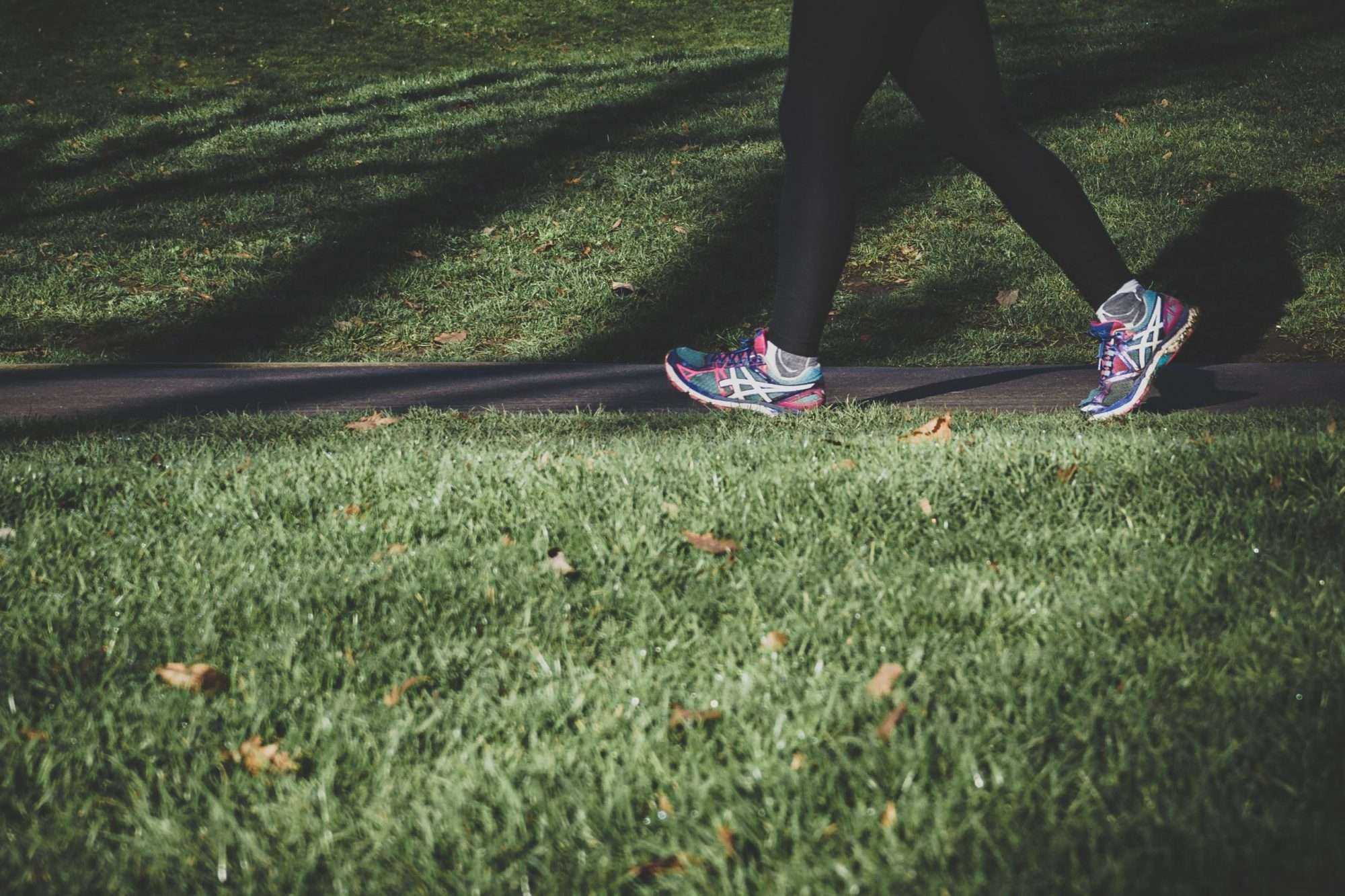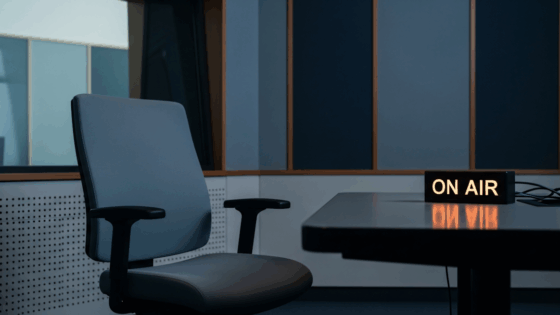on
BY SIMONE J. SMITH
It is an unfortunate, but well known fact that high blood pressure, amongst African Caribbean’s in North America, is the highest in the world. The American Heart Association reported that about 55% of Black adults have high blood pressure, also known as hypertension or HBP. Black people also have disproportionately high rates of more severe HBP and it develops earlier in life.
Lack of access to medication, and distrust of health care professionals based on historical discrimination, are among contributing factors to a lower adherence to blood pressure medications. Not to mention that the pandemic has made us even more sedentary, and with Uber Eats on speed tap, our health has taken a back seat.
Three quarters of Canadians (77%) exercise at minimum one-to-two times per week. Despite this, many are feeling gross (43%), bored (41%), or sick and tired of trying to lose their “COVID pounds” (46%). In the end, many are struggling (53%) and hitting plateaus (44%).
As someone who deals with high blood pressure, and with gyms opening and closing over the last two years, I had to find a way to stay active, and just like that, walking has become part of my daily routine. I had heard that walking helps with blood pressure, so I did a little research to see just how much it did help.
Studies show that walking has many health and wellbeing benefits, including strengthening our bones and muscles and helping us to maintain a healthy weight and lose body fat, and it turns out the walking perks don’t stop there.
In actuality, doing any exercise slightly raises your blood pressure when you start doing it, including walking. However, walking regularly has a proven effect of lowering blood pressure over the longer term. So, while one walk won’t make much difference, walking frequently will.
In fact, studies show that going for a well-paced walk most days can lower high blood pressure by up to 8/6 points (systolic/diastolic).
Reports show that Canadians overwhelmingly favour walking as their preferred form of exercise, beating out all other types by a large margin. When asked what forms of exercise they regularly participate in, a whopping 86% of Canadians favour walking as their preferred form of exercise; followed by weight or fitness training, hiking, cycling, yoga, running and dancing.
“We conducted this survey to get a benchmark on Canadian fitness and wellness behaviours, likes and dislikes,” said Shelagh Stoneham, founder of Power WearHouse. “Not only can we see that Canadians are motivated to exercise, but the results highlight their frustrations and where there is room for improvement.”
The study shows there are several challenges for Canadians. A stunning 43% of Canadians still feel gross using shared equipment. Additionally, more-than-half (53%) struggle fitting their walking and/or fitness routines into their schedule, 41% are bored with their current routine, and 46% are sick and tired of trying to lose their “COVID pounds.”
I had a chance to speak with Shelagh Stoneham about a way that walkers like myself can get some added benefits from an exercise that we really enjoy doing. She shared with me the perquisite of adding weighted wearables (vests, belts, ankle weights) to a regular exercise or training routine.
“It carries several benefits including increased cardio benefit, extra muscle toning and conditioning and extra calorie and fat burn,” Shelagh begins. “These small additions can make a huge difference, combating against the exercise plateau, boredom, and other workout struggles. When you wear a weighted vest, it tricks your mind into thinking you are heavier then you are. What people don’t realize is that you burn fewer calories if you keep doing the same exercise, so I began thinking, what can be done to make walking even more effective than it already is?”
Shelagh did her research, and came across weighted vests.
I thought they were a great idea, but the ones that I saw online looked bulky. I wanted to make a product that people would want to use, and looked appealing. The great thing about this product is that even if you are wearing it sitting down it still works.
Our biggest challenge is brand awareness. We launched during COVID-19, and now we are heading into a recession. Some people are weary of the price, so I remind them that it is the same as buying a great pair of running shoes. Your shoes will run out, but the weighted vest will last a lot longer.
I want every time someone puts on a Power WearHouse product – to feel lifted up.
I designed it for you, and I’m wearing it with you. You can take your walks to the next level by visiting www.powerwearhouse.com
Stay in the loop with exclusive news, stories, and insights—delivered straight to your inbox. No fluff, just real content that matters. Sign up today!
We, as humans are guaranteed certain things in life: stressors, taxes, bills and death are the first thoughts that pop to mind. It is not uncommon that many people find a hard time dealing with these daily life stressors, and at times will find themselves losing control over their lives. Simone Jennifer Smith’s great passion is using the gifts that have been given to her, to help educate her clients on how to live meaningful lives. The Hear to Help Team consists of powerfully motivated individuals, who like Simone, see that there is a need in this world; a need for real connection. As the founder and Director of Hear 2 Help, Simone leads a team that goes out into the community day to day, servicing families with their educational, legal and mental health needs.Her dedication shows in her Toronto Caribbean newspaper articles, and in her role as a host on the TCN TV Network.













